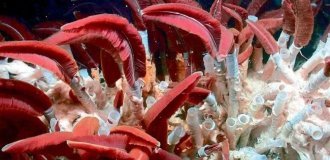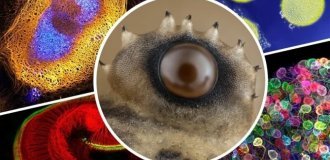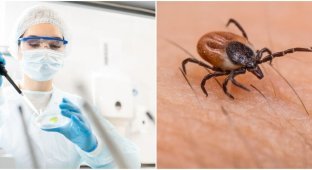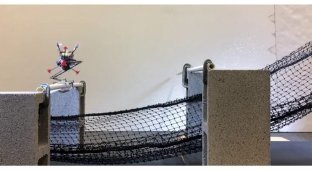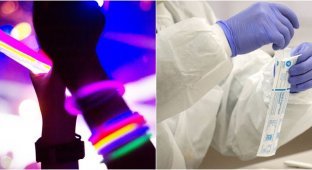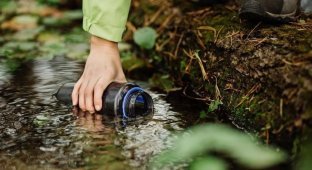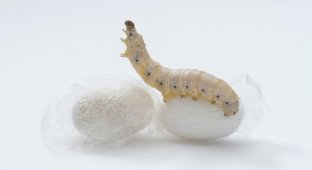Scientists have created a coating that repels 100% of bacteria (2 photos)
Australian researchers from RMIT University (Melbourne) have developed an innovative antibacterial coating that completely prevents bacteria from sticking to the surface. The technology is based on the protein resilin, which is used in nature by insects for jumping and wing movement. 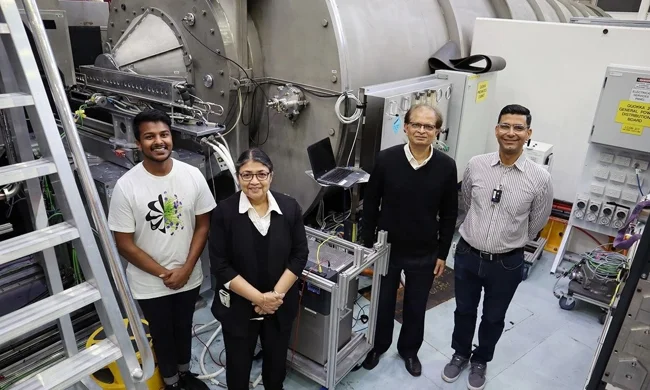
Resilin is a super-elastic natural protein, thanks to which, for example, fleas are able to jump distances exceeding their body length by 200 times. In the new study, the scientists used artificially created analogs - resilin-like polypeptides (RMP), which imitate the elasticity and biocompatibility of the natural protein.
“We have shown that these coatings can be tailored to effectively combat bacteria, not just in the short term but potentially in the long term,” said Professor Namita Roy Chowdhury, who led the study.
The team fabricated four versions of the RMP-based coatings and tested their resistance to bacterial contamination. In the lab, the coatings were exposed to E. coli for 24 hours. One version, a coacervate coating, was the most effective, completely preventing bacteria from adhering to the surface while remaining non-toxic to human cells.
Coacervates are soft, droplet-shaped nanoparticles made from proteins that, when combined in an aqueous environment, form a separate phase and create a thin coating on the surface. This coating affects the interaction of microbes and cells with the material. 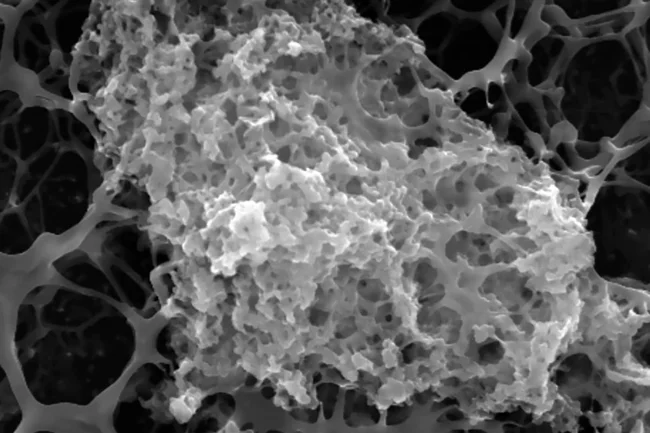
Unlike antibiotics, to which bacteria can develop resistance, the physical structure of the resilin coating prevents bacterial attachment, reducing the risk of resistance.
“Due to their natural origin and biocompatibility, such coatings are less toxic to human tissue and more environmentally friendly than, for example, silver-based coatings,” said one of the authors of the study, Dr. Nisal Vanasingha.
The researchers emphasize that this is the first study demonstrating the antibacterial properties of resilin-based coatings. In the future, the team plans to expand the tests to other types of pathogenic bacteria, as well as test the stability and scalability of the technology for medical use.
The results of the work were published in the journal Advances in Colloid and Interface Science.








